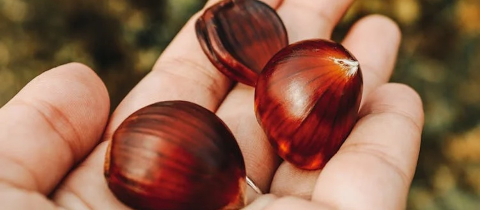Subjecting various foods to smoke is an age-old method used both for preservation and flavouring. But there are issues. Smoke contains a variety of cancer causing compounds. And in this case, we are not talking about a hypothetical cancer risk to humans based upon feeding some outrageous amounts of a suspected carcinogen to rodents. We have robust evidence that smoke can cause cancer in humans. It was back in 1775 that British surgeon Sir Percival Potts discovered that chimney sweeps had an unusually high incidence of skin cancer on their scrotum. It was also noted at the time that chimney sweeps on the continent did not experience this rare cancer. What was the difference? Bathing was more common on the continent than in Britain and British chimney sweeps walked around continually covered in soot from head to toe. Maybe there was something in soot that was responsible for the disease. The gucky material inside chimneys, known as creosote, was the likely candidate. Scientists began to explore this possibility by painting creosote on the skin of animals to see if tumors could be induced. For about 150 years these experiments went on sporadically and unsuccessfully.
Then along came Katsusaburo Yamagiwa, a Medical researcher in Japan. He had something that apparently his predecessors in this research area did not have. Patience. Yamagiwa carefully painted the ears of 137 rabbits every day for over a year. Finally, tumors began to appear on seven of the rabbits. This could not happen by chance; Yamagiwa had found a carcinogen. Actually he found many carcinogens. Creosote is a very complex mixture of chemicals and to this day has not been completely analyzed. But some of its components, like the notorious polycyclic aromatic hydrocarbons, or PAHs, have been identified as definite carcinogens. They, however, are not found in liquid smoke. Now we can have our smoke flavouring practically free of any worrisome carcinogens. Since the 1970s millions of gallons of liquid smoke have been sold to impart flavour and aroma to foods. It is the natural aqueous condensate of wood smoke that is aged and filtered to remove tars and particulate matter. Smoke from the combustion of wood rises through a condensing tower where it mixes with cold water. The mixture is allowed to settle for 10 days in a storage tank where insoluble compounds such as benzopyrene settle out. This is followed by a multistage filtration process. More than 400 compounds have been identified in liquid smoke, their presence depending on the type of wood burned, its age and growing conditions. Components include acetic, propionic, butyric and valeric acids that affect the flavor, pH and shelf life of the product; carbonyls that react with proteins to produce color; phenols that contribute flavor, bacteriostatic activity and antioxidant properties. And there are virtually no polycyclic aromatic hydrocarbons. In this case the processed product is better than the natural.







